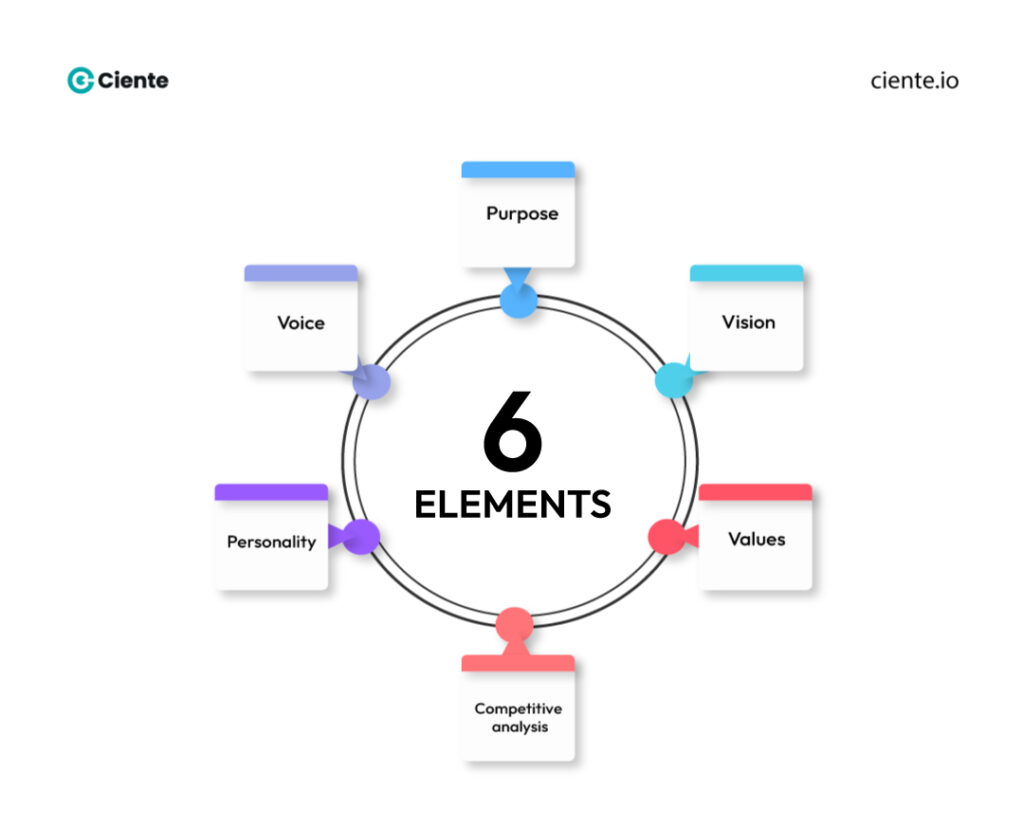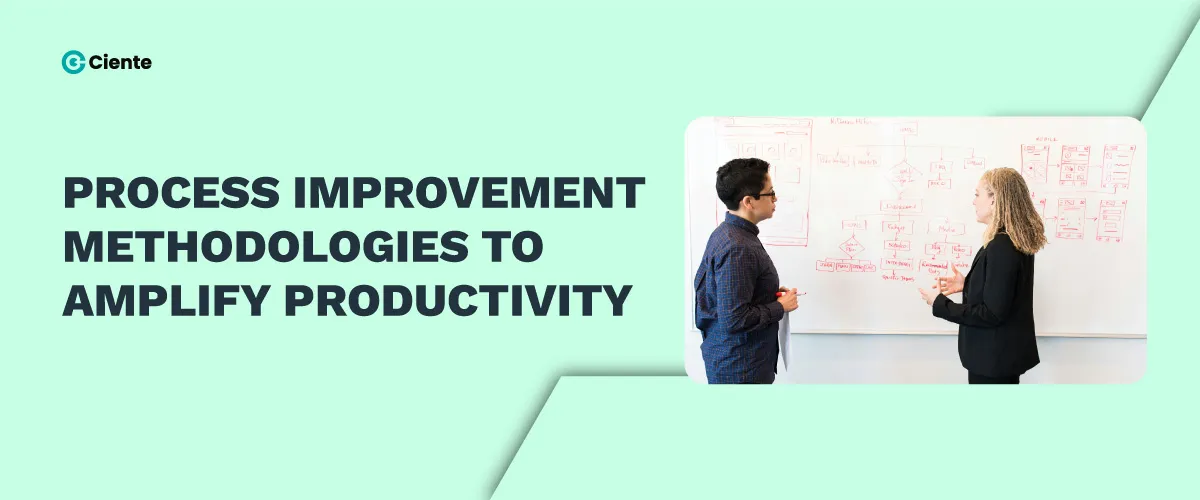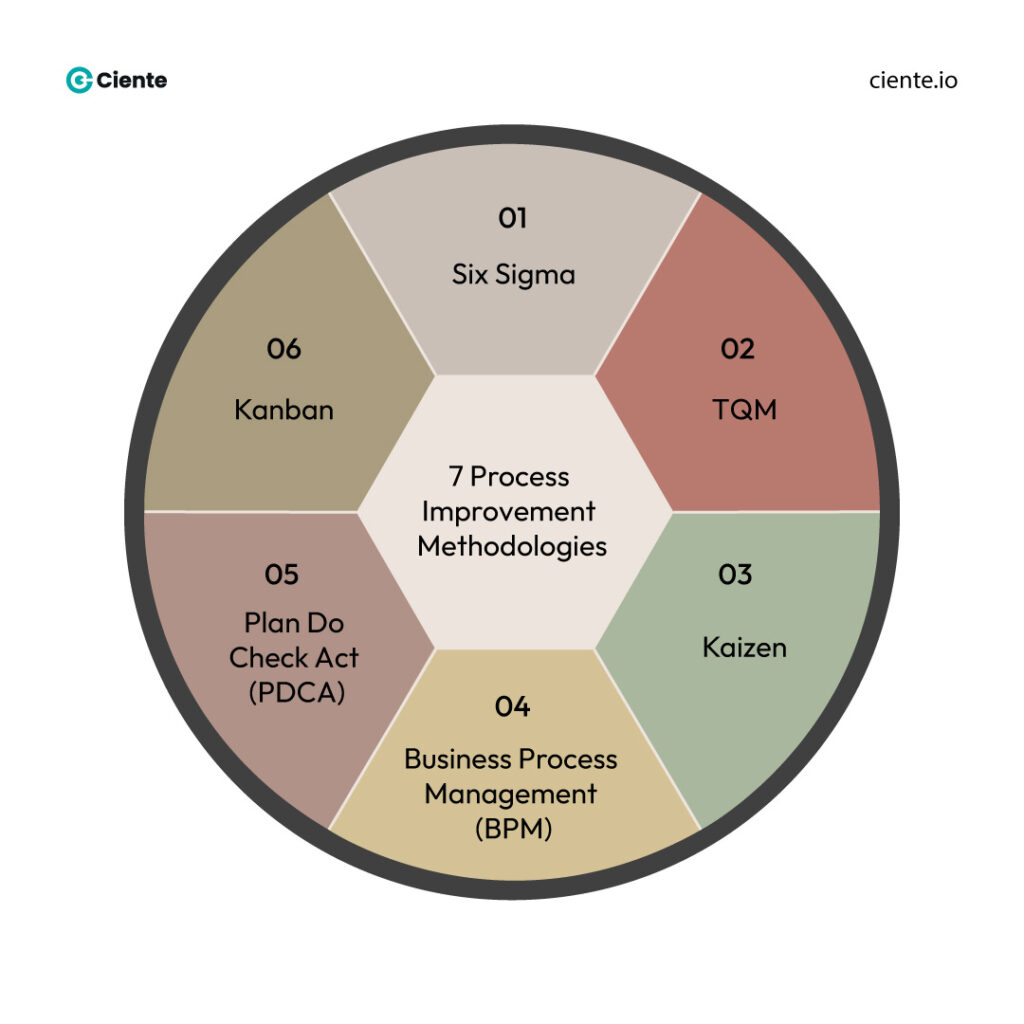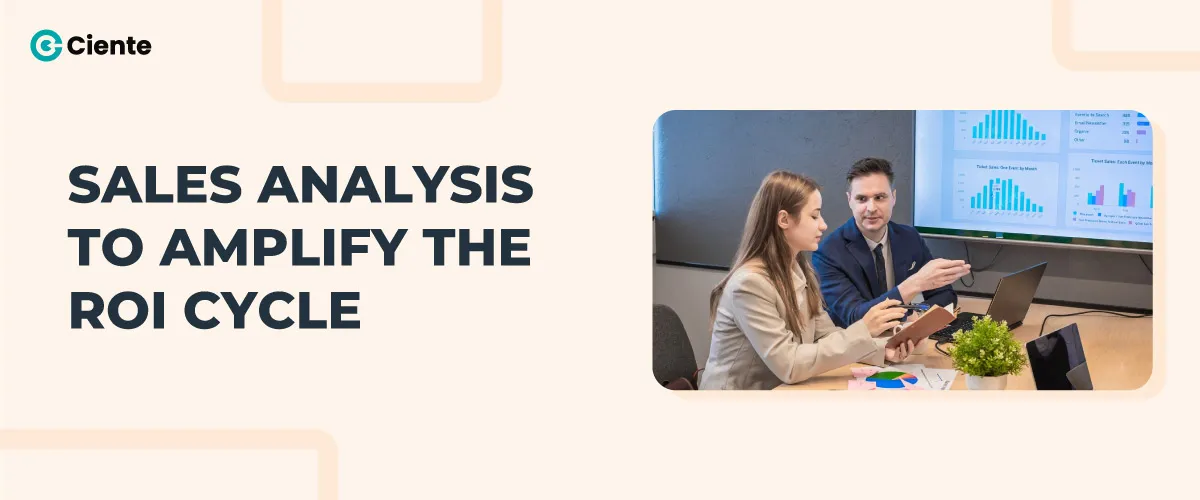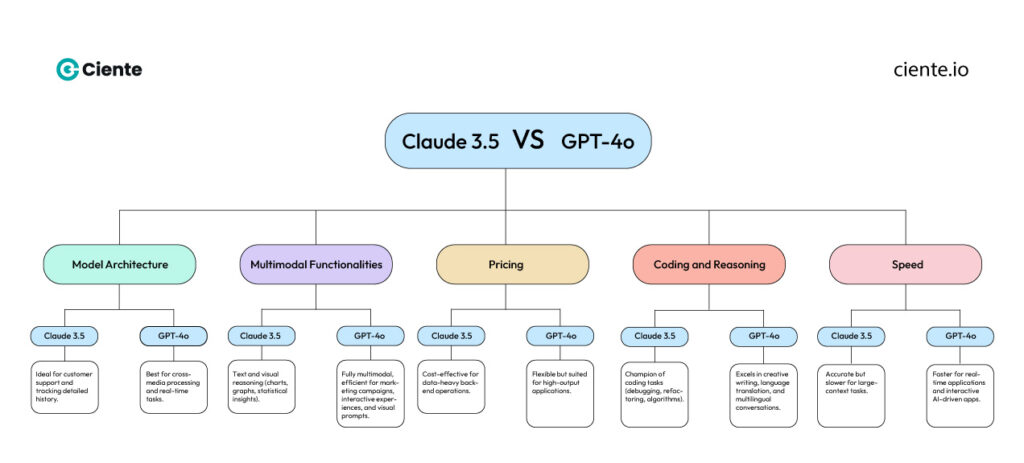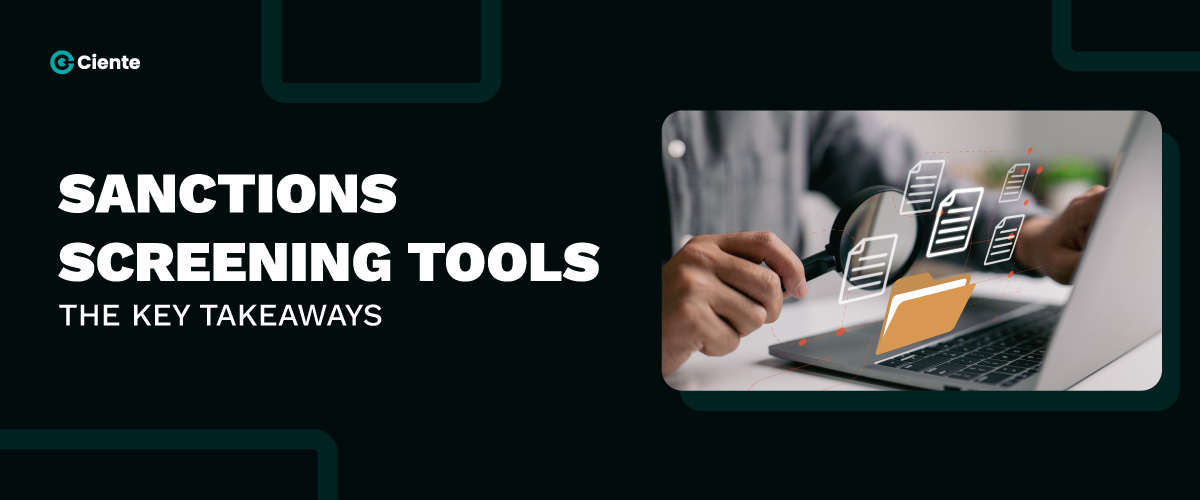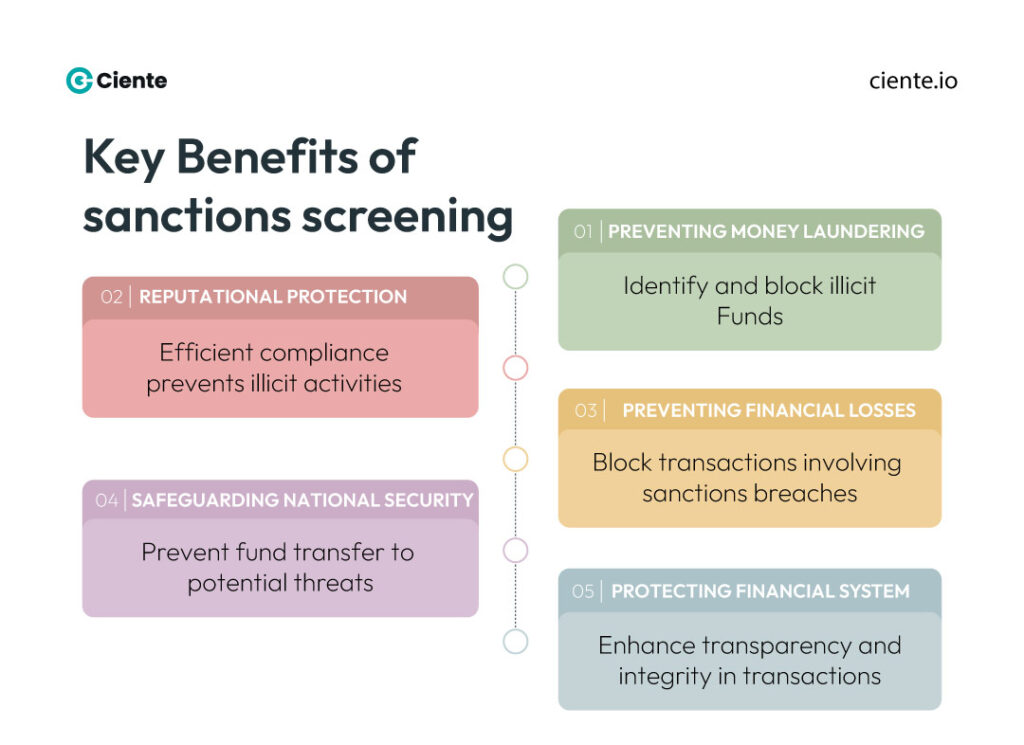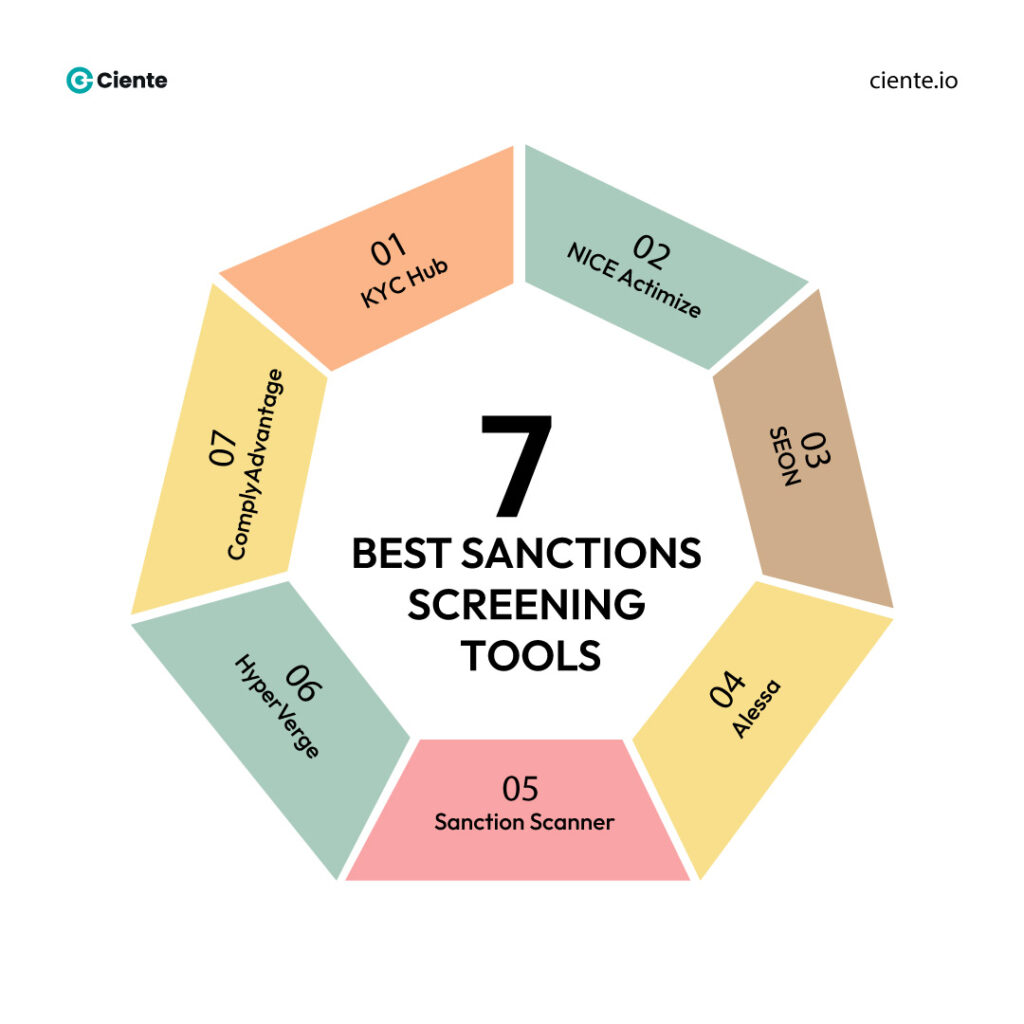Sales Analysis to Amplify the ROI Cycle
Expanding your pipeline growth with quality leads is the primary goal of your sales team. But how do you determine the performance efficiency?
Sales has a lot to do with numbers— Every day, your sales team sorts through a large database and works diligently towards meeting the targets. But without a system in place, it is tough to keep track of the sales performance. The concept of sales analysis revolves around simply reviewing data periodically and incorporating statistical tools when the need arises. When you gain insights into the numbers, it helps you improve your strategy and boost your sales cycle. Monitoring sales data provides trends and patterns that support better decision-making.
The best way to approach sales analysis is to utilize software that automates data processing and produces a visual representation of the analysis. It is critical to understand the revenue-driving metrics to make informed decisions and design sales strategies. Sales metrics are key to helping you evaluate numbers, growth, sales mix, and trends.
The purpose of sales analysis is to improve your decision-making to optimize revenue and overall growth. It takes into account all aspects of a pipeline and provides insights, such as top-performing, underperforming services, and customer retention. Your sales targets can also influence the frequency of performing the analysis. It involves tracking overarching metrics like deal size and looking into emails on a short-term basis.
Key Benefits of Sales Analysis
There are several advantages of employing sales analysis software in your marketing plan. Let’s understand why you need to leverage this process.
Analyze sales trends
Tapping into historical sales data offers valuable insights into patterns and expected outcomes. It is a good idea to familiarize yourself with the rising or declining trends, allowing you to modify the sales strategy to align with the desired results. If the trends are dropping, then you need to dig deeper and understand how to reverse the trend.
Forecast future sales
Another advantage of identifying sales trends is the opportunity to forecast future trends. Although predicted outcomes may not be 100% accurate, you get an estimate that helps with planning. For example, you can predict the expected ROI turnover for the next quarter based on the sales cycle and trends.
Optimize sales pipeline
Looking into every phase of a sales funnel is a crucial step to revealing gaps or inefficiencies. You can achieve a streamlined cycle based on data-driven insights to implement action-oriented strategies. Such calibration greatly levels up your teams’ performance efficiency.
Peak performance
Analyzing the sales cycle releases data to efficiently manage your sales reps, teams, channels, and marketing campaigns. Setting benchmarks for high performance and goal-based outcomes is the cornerstone of continuously improving your sales numbers.
Understand customer behavior
Tracking all aspects of your buyer’s journey is a starting point to enhance engagement with your customers. When you are aware of the buyer’s behavior and what resonates with them, you are able to curate the content delivery accordingly. A detailed sales analysis provides insights into your buyer’s journey, providing resources to help your sales teams design an effective strategy for increasing customer interactions.
Increase revenue
The ultimate objective of these analyses is to accelerate your sales cycle and increase the ROI returns. You can achieve this by identifying elements involved in a sales funnel that require optimizing the activities to scale your brand’s sales pipeline.
Make data-driven decisions
The performance of a sales cycle is an important determinant in informed decision-making. Every aspect of the pipeline requires flexibility to adapt to the evolving market dynamics. This could be in response to customer feedback or not meeting the sales targets. Whatever the circumstances, your sales team must be willing to accommodate the shift in their approach. The data to support such changes and decision-making needs to be carefully sourced, keeping in mind the gaps and the targets to be met.
Types of Sales Analysis
Let’s take a look at the three common types of sales analysis:
Sales Forecasting
This type of analysis predicts future sales and is done internally by companies. For instance, if you want to estimate the expected revenue this year, you can forecast based on historical data. You can then compare these predictions with the actual results achieved.
Sales Management
It is the process of managing current sales to ensure that your team is on the right track to meeting your targets. Companies like yours can identify areas where the buyer’s journey requires improvement to accelerate the sales pipeline. If the numbers are not as expected, efficient sales management allows you to adjust prices, add new products, or gain a competitive advantage with tools and strategies to optimize the process.
Sales Reporting
Summarize information about sales to track the progress and communicate with your investors. In this step, you need to report monthly sales figures to the shareholders. The idea is to give them an overview of the results of investments.
Top Sales Analysis Metrics
Sales analysis is the driving force behind every brand’s success. It gives you the bigger picture of what’s working and what requires improvement. Here are the best metrics for measuring sales performance:
Revenue
It’s the heart of a sales team, the metric that indicates the success or scope for improvement. Revenue generation is by far the straightforward and important KPI of sales analysis. Multiplying the number of offerings sold by the price per unit will give you the total revenue generated. While accounting for the finances, you need to determine the net profit margin by estimating the proportion of total profits to revenue.
Gross Profit Margin
Also known as the gross margin, this metric gives you an idea of your brand’s efficiency at converting orders into revenue. It represents a financial ratio that estimates the percentage of revenue exceeding the costs of offerings. This KPI is crucial for understanding your brand performance, expressed as costs or profits.
Customer Lifetime Value (LTV)
The longer customers continue to choose your products/services, the more valuable they become to your brand. The LTV metric measures this value as the number of customers who are in it for the long haul. It is calculated by multiplying the average order size by the customer’s retention rate.
Churn Rate
Not all customers may continue in the long run with your brand. And that’s where this metric comes into the picture. The churn rate offers insights into the frequency of customers canceling their accounts. The results are derived by dividing this number by the total number of active users.
Retention Rate
This KPI gives you an idea of the period or timeline customers choose to stay after signing a deal. It is calculated simply by dividing the active users by new ones.
Sales Analysis Tools
These tools provide an overview of your data, allowing you to focus on specific aspects or types of information. Here’s a list of the common analytical components:
Reports: offer insights such as total sales, average order size, and top-selling products or services.
Dashboards: gives a detailed overview of your sales data, consisting of information such as customer types, location, and sales by channel.
Performance analysis: enables you to monitor and enhance your sales performance through information like win/loss ratios and conversion rates.
Pipeline analysis: allows you to manage your sales pipeline by supplying details, such as lead conversion rates and deal size.
Customer profile analysis: designed to help you understand your customers better, typically by providing information such as customer types, buying habits, and demographic information.
Steps to ace your sales analysis
We have prepared a 5-step roadmap for an effective sales analysis:
1. Identify the objective
Defining the purpose of your sales analysis is the point where you begin this journey. Gaining clarity about the gaps and limits allows you to identify the opportunity it will address. Such transparency establishes alignment and prevents unnecessary analytical work.
2. Determine the metrics
Sales and analyses are all about data, however, there are only certain types of information that will serve your purpose. Acquiring data and assimilating them is time-consuming. Therefore, it is best that you focus on relevant touch points, or else your analysis may derail from the goals.
3. Crunch the numbers
After you have the necessary data at hand, the next step is to organize them, interpret and draw inferences. You can fulfill this milestone by managing data and integrating a suitable tool to attain the numbers.
4. Gather other perspectives
The quality of a draft report is better with valuable input from trusted team members who understand the problem. This allows you to identify blindspots your analysis may have, or any opportunity to add clarity to your results. The added insights bring more credibility and confidence to your final report.
5. Present your findings & Recommend actions
Your sales team probably comes across reports and analyses all the time, which makes it possible for some of them to get lost in the noise. This can be avoided by maintaining reports that are easy to act upon. Before presenting them, you must ensure that the core findings are precise. Add specific action items and provide access to raw data or other relevant information.
Summing up
Sales analysis is the backbone for your business growth, helping you understand the efficacy of strategies and tactics. It is like your diagnostic tool, allowing identification of the scope for improvement within the sales pipeline. When you harness the power of data and use it to your advantage, it makes it easier to make informed decisions, promoting long-term sustainability. Tracking the correct information is an essential element to measure your sales pipeline performance. All this data empowers you to tailor your sales strategies for fulfiling the specific needs of your target audience. Embrace the analysis to set your brand on the path of customer satisfaction and increased revenue.
